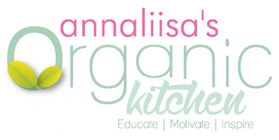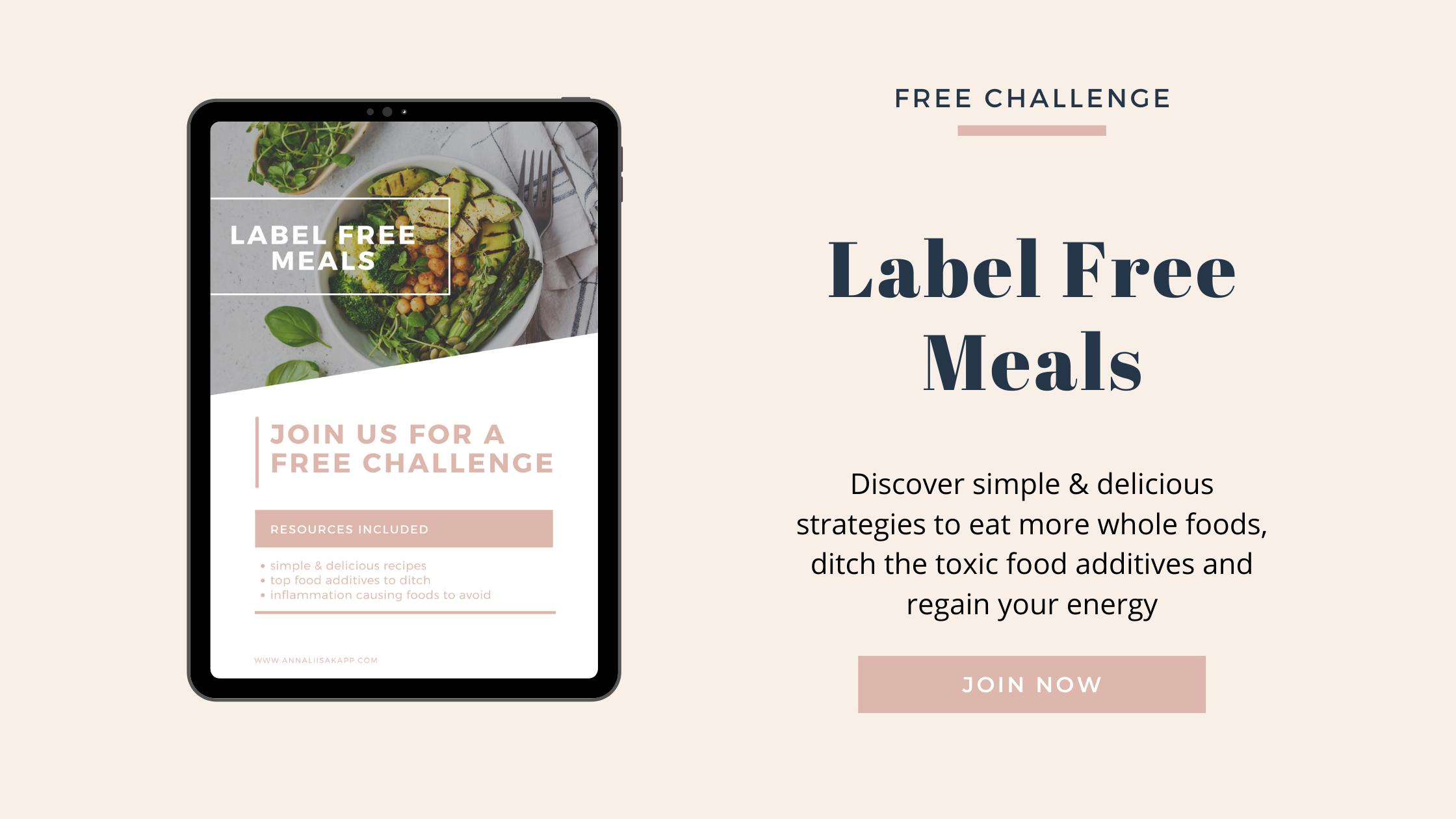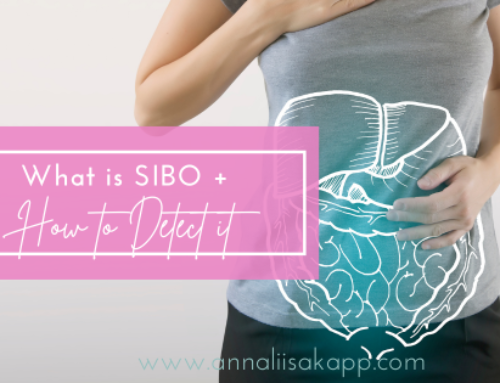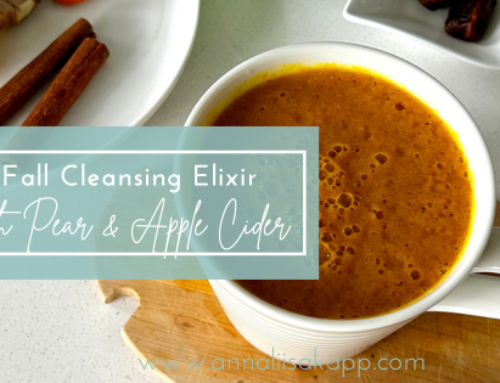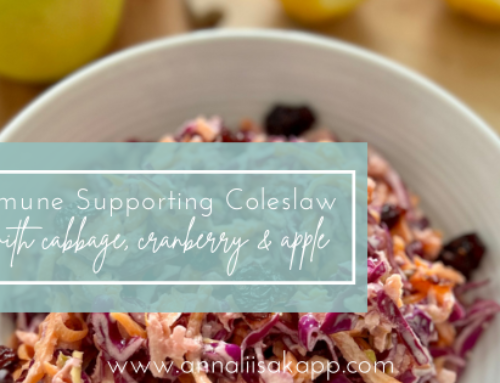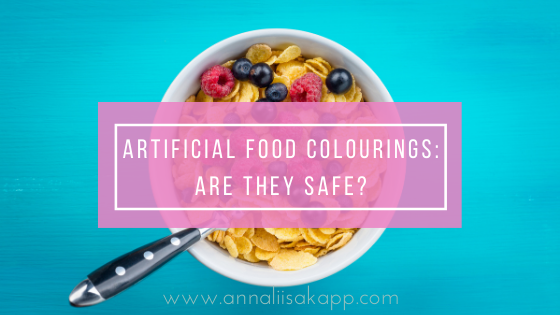
Should You Avoid Food Colours & Dyes?
.
Despite the growing trend of healthier and safer food products being introduced into the marketplace, you might be surprised to learn that the consumption of artificial food colours, has been increasing over the years, especially among packaged products marketed to children.
Food colours and dyes have been around since the mid-1800’s and were originally created from coal tar – today, they are typically made from petroleum. (yum!)
Many food manufacturers choose to use artificial dyes vs. natural ones because they create more radiant hues, whereas natural food colours tend to create more of a pastel look.
Artificial food colours are used by food manufacturers in a variety of products, including candy, noodles, canned foods, cereal, baked goods, sports drinks, pickles (yes, pickles!), smoked salmon (think pink), and even medications.
The safety of artificial food colours has been very controversial among consumers for some time now, despite several regulatory agencies stating that artificial food colours do not pose significant health risks and are therefore safe to use.
One reason behind the controversy, which has resulted in conflicting opinions regarding their safety, is that some countries have deemed artificial food colours to be safe while some countries have banned them from human consumption.
There have been claims that artificial food colours cause serious side effects in some people, including cancer, allergies, and hyperactivity in children. You can read the studies here: 1, 2, 3, 4
.
The following colours are approved by the FDA for use in food:
- Blue No. 1 (Brilliant Blue): Found in ice cream, canned peas, soup packets, icing, dairy products, ice pops, and beverages.
- Blue No. 2 (Indigo Carmine): Found in candy, ice cream, cereal and snacks.
- Green No. 3 (Fast Green): Found in canned peas and other vegetables, jellies, sauces, desserts, salad dressings, cereal, pre-cooked pasta, and dry bakery mixes. This food dye is banned in Europe.
- Orange B: Found in the casings and surfaces of hot dogs and sausages.
- Citrus Red No. 2: Found in the skins of oranges that are intended to be eaten (not when an orange is intended or used for processing).
- Red No. 3 (Erythrosine): Found in candy, popsicles, cake-decorating gels, and pistachio gels.
- Red No. 40 (Allura Red): Found in soft drinks, sports drinks, cotton candy, cereals, and condiments.
- Yellow No. 5 (Tartrazine): Found in lemon filling in baked goods, cereal, rice, noodles, cotton candy, instant pudding and gelatin, cake mixes, soft drinks, energy drinks, powdered drink mixes, corn chips and potato chips, chewing gum, and popcorn.
- Yellow No. 6 (Sunset Yellow): Found in cereal, dry mixes and seasonings, baked goods, sausage, meat, and snack foods. Used with amaranth to produce a brown color in chocolate and caramel.
.
Wondering if the food products you consume contain artificial food colouring?
Read the ingredient labels on the packaging – any artificial food colouring that has been added is required to be listed on food packaging.
Keep in mind that there is no nutritional benefit to using artificial food colouring – not even if it makes it “look” healthier because it looks more fruity!
.
Should you avoid food colouring and food dyes?
On the whole, food dyes are likely not dangerous for most people, but some are more sensitive to them than others – and some children should be especially mindful of their consumption.
Taking steps to avoid processed foods that contain dyes is a good idea for most everyone, and can improve your overall health.
If you are concerned about the safety and health implications of using artificial food colouring, you can easily make your own natural food dyes using fruits and vegetables, right in your own kitchen!
.
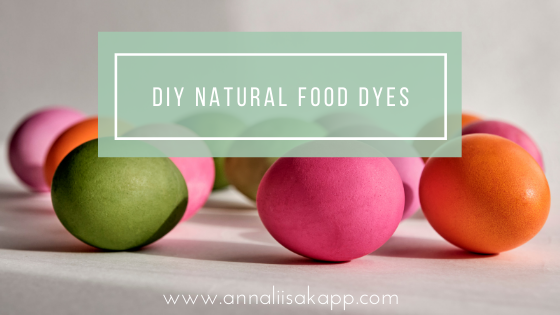
RECIPE(S)
Pink Food Coloring
- 1/4 cup (62 grams) canned beets (drained)
- 1 teaspoon drained beet juice (from the canned beets)
In a blender or food processor, blend the beets and juice together until smooth. Strain if desired. Store in an airtight container in the refrigerator for up to 2 weeks.
Yellow Food Coloring
- 1/4 cup water
- 1/2 teaspoon ground turmeric
In a small saucepan, boil the water and turmeric together for 3 to 5 minutes. Allow to fully cool. Store in an airtight container for up to 2 weeks in the refrigerator.
Turmeric can stain just about anything it comes into contact with, including countertops, containers, and your skin. Therefore, consider wearing gloves when working with turmeric and use a container that you don’t mind turning yellow.
Purple Food Coloring
- 1/4 cup (35 grams) blueberries, fresh or frozen (if frozen, thaw and drain)
- 2 teaspoons water
In a blender or food processor, blend the blueberries and water together until smooth. Using a fine-mesh sieve, strain the skins from the mix. Store in an airtight container in the refrigerator for up to 2 weeks.
Green Food Coloring
- 3 tablespoons water (additional water may be needed)
- 1 cup (30 grams) spinach, fresh or frozen (if frozen, thaw and drain)
Fresh spinach: In a small saucepan, boil the spinach in enough water to cover the spinach for 5 minutes. Drain and discard the water. Go to the next step.
Frozen and thawed spinach: Skip to the next step.
In a blender or food processor, blend the spinach and water together until completely smooth. If the mixture clumps together or refuses to blend, add more water as needed, 1 tablespoon at a time. Strain, if desired, and let cool. Store in an airtight container in the refrigerator for up to 2 weeks.
